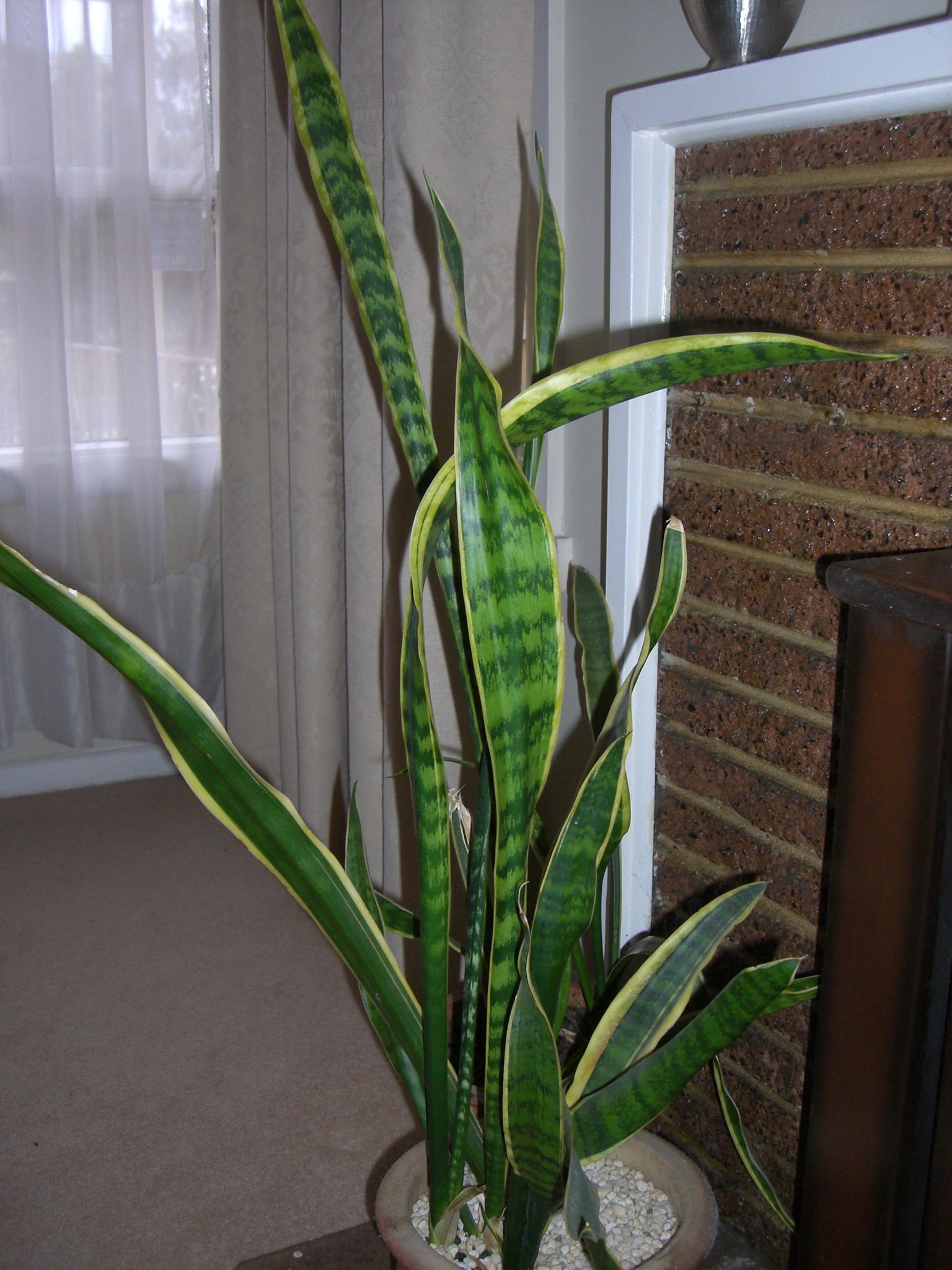
Commerorates Raimond de Sangro, Prince of Sanseviero, an 18th Century Italian patron of horticulture.
Stemless to shrubby perennials, usually with very short stems, often stoloniferous. Leaves from a rhizome, entire, erect to decumbent, fibrous, fleshy to succulent, flat, terete or semi-terete. Inflorescence terminal; racemes simple or paniculate. Flowers clustered in alternate axils, individual flower stalks articulate. Sepals and petals united at base in a tube, narrowly linear, equal, recurved at flowering. Stamens 6, inserted at top of perianth tube, included to slightly exserted. Ovary superior, 3-chambered; ovules 3 per chamber. Fruit a berry. Seeds 1-3, globular.
Grown, mostly as indoor plants requiring minimal water, for the variegated succulent leaves.
Numerous species are grown in specialist collections.
50-60 species from Africa, Arabia and Indian subcontinent. One species is naturalised in Australia and about 3 species are commonly cultivated.
Seeds, suckers, cuttings of the roots or leaves.
Leaves of some species are used to produce fibre.
Brown (1915), Swinbourne (1979), Chahinian (1986), Forster (1986, 1987). Journals: Sansevieria Journal.
Source: (2005). Sansevieria. In: . Horticultural Flora of South-eastern Australia. Volume 5. Flowering plants. Monocotyledons. The identification of garden and cultivated plants. University of New South Wales Press.
